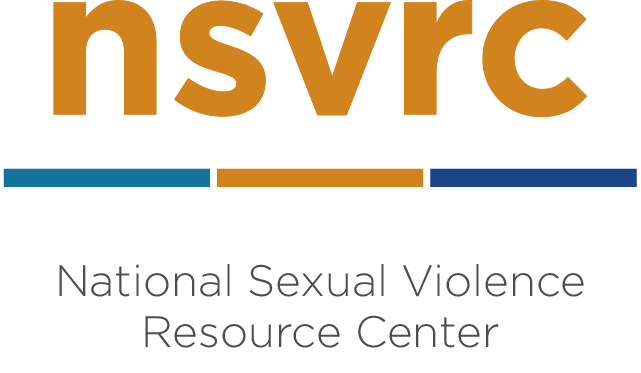- FIND RESOURCES
- Survivors
- Friends & Family
- Advocates & Educators
- Media & Press
- OUR WORK
- SEXUAL ASSAULT AWARENESS MONTH

 |
 |
 |
 |
 |
 |
 |
 |
 |
 |
 |
Bystander Intervention: Interrupting a harmful, hateful, predatory, or inappropriate scenario by directly intervening, de-escalating, disrupting, or distracting. An effective bystander sees something and says something, does something, or enlists the help of others to intervene.
Being a bystander can take many shapes. It can be as direct as a request to stop or as subtle as making eye contact. Small gestures can go a long way in showing support for someone in a potentially difficult or uncomfortable scenario that may escalate and get worse.
Sometimes, it can feel like we only have two choices: acting in the moment or doing nothing. But if an interaction seems harmful in retrospect, or you froze and didn’t know how to intervene in the moment, you can try a delayed response. This could mean checking in with the person harmed or offering feedback to the person who did the harassing behavior.
Absolutely. Online harassment is extremely common. According to research, “69% of people report doing something abusive to someone else online. Even more troubling, nearly 90 percent of teenagers report witnessing bullying online.” Just like with in-person intervention, you can disrupt online harassment by reporting harmful comments, creating new threads of conversation to distract attention, showing direct support for the victim, or addressing harmful content when it happens.
Harassment and bullying directly intersect with gendered violence, ableism, racism, and other forms of oppression. Research shows that victims of harassment were not only more likely to identify as women, transgender, people of color, queer, Muslim, or disabled, but that the misconduct itself was more severe. When we practice bystander intervention, we send a message that pushes back against all forms of hate.
Yes — never underestimate what a difference you can make in preventing violence, sexual harassment, and hateful conduct. It’s everyone’s duty to create safe spaces around us and support survivors by showing resistance to problematic behavior that continues cycles of violence and abuse. Even just remaining present as a witness is a symbol of pushback against violence and can prevent normalizing it.
It’s vital that bystanders are guided by their own personal boundaries when intervening and are attentive to the safety of themselves, the person being targeted, and others nearby. In addition to de-escalating potentially harmful or dangerous situations, some survivors have spoken of the affirmation they experience when others practice bystander intervention, as it helps make them feel seen and heard and emphasizes that they matter.
No one deserves to be harassed, assaulted, abused, or bullied. Together, we can stop it.
If you’re wondering what bystander intervention looks like in practice, here are some example scenarios:
Similarly, in person responses might look like this:
